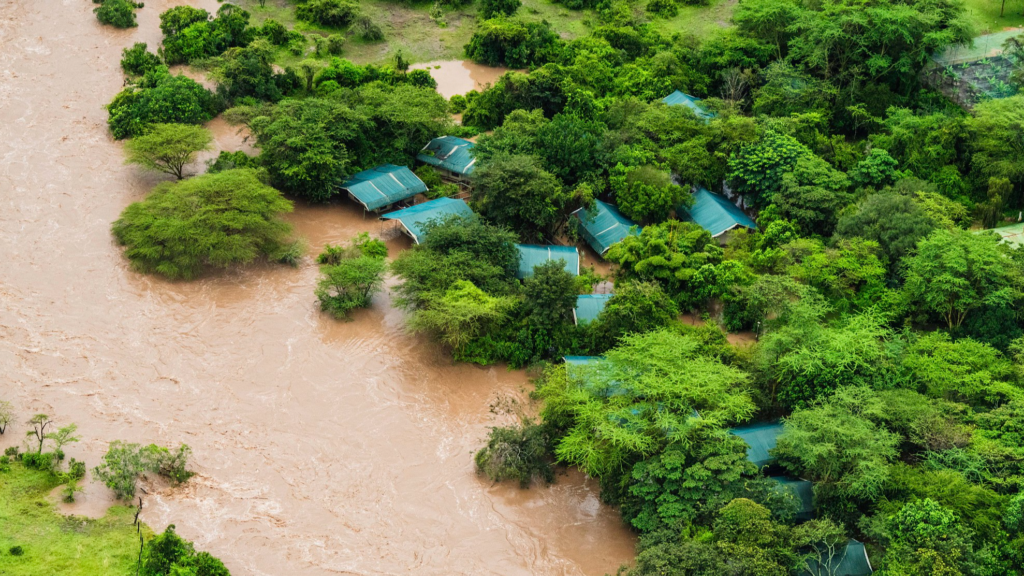In the wake of the catastrophic floods in Kenya, the country finds itself at crossroads: grappling with the aftermath of a disaster that destroyed property and infrastructure, claimed numerous lives and displaced hundreds of thousands. The peculiarity of this phenomenon is that it’s unprecedented, particularly in the aspect of scale and impact. Amidst the chaos, it’s important to trace the origins and ask: was this the result of a drastic shift in weather patterns or were we dealing with an unnatural occurrence?

On the other end of the spectrum, unnatural were the circumstances surrounding the deaths in Shakahola, Kilifi County, back in April 2023, due to the tragedy’s spiritual and religious indications. In what became infamously known as the starvation cult, the horror that resulted in hundreds of deaths is arguably one of the worst cult-related events in recent memory. As such, the Kenyan lawmakers were compelled to flirt with the slippery idea of developing a legislative proposal to regulate religious activities in the country.
Through the Registrar of Societies, the ad hoc Shakahola committee was instituted and had the mandate to make recommendations that would prevent religious organizations from what was termed as ‘extreme indoctrination’; radicalization and financial exploitation of their followers. Consequently, the proposed religious policy sparked a fierce debate about the role of religion in society and the potential consequences of government intervention.
Prophet Elvis Mbonye, a renowned figure in Kenya’s religious landscape went on to give prophetic insights into the proposition. He then sounded a warning to the country’s leadership in October 2023, saying that a proposed religious policy in Kenya would provoke divine wrath—which he elaborated would include unnatural weather conditions. Whereas the preacher’s warning was initially met with skepticism, the timing and magnitude of the havoc that followed was so impeccable: it was difficult to deny this was the manifestation of divine judgement.

In many societies, religion is ingrained in the fabric of life: shaping moral codes, societal structures and even legal systems. This makes it foundational in defining the character, identity and values of a community. The element of belief in the divine and supernatural distinguishes religion from other belief systems, giving it a more sacred and inviolable attribute. Due to the vast range of historical, cultural, personal factors, and the reverence that people have for things divine, regulating the practices of religious institutions effectively becomes a multifaceted and seriously complex issue.
Unsurprisingly, the debate surrounding the floods and Prophet Elvis Mbonye’s warning has divided Kenyans. On one side, there are those who believe that the disaster is a clear indication of divine judgement, a sign that the looming religious policy should be abandoned altogether. They argue that the government should refrain from interfering in the affairs of religious institutions.
On the other side, critics point out that attributing the floods to divine involvement is not only unscientific, but also dangerous. They assert that the disaster is a result of climate change and poor infrastructure planning, and that the government should focus on implementing effective disaster management strategies and improving infrastructure, rather than engaging in debates about divine judgement.
As the country recovers from the devastating floods, it’s vitally important for the government not to gloss over divine revelations from spiritual leaders, but, rather, engage in constructive dialogue and work towards solutions that prioritize the well-being of the Kenyan people. After all, the future of Kenya’s religious landscape and the nation’s ability to weather future disasters may very well depend on the decisions made today.
This article has also been published in the Daily Monitor editorial.

Follow the conversation on X: